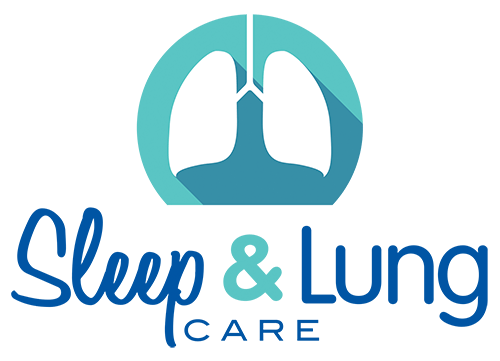What is bronchoscopy?
Bronchoscopy is an examination of your windpipe and air passages by means of a flexible telescope. A bronchoscopy is a test that your doctor will suggest when there is a need to have a look in the air passages or take samples from the lung when testing for certain diseases.
Unlike x-rays which take “photographs” of the lung, bronchoscopy lets the doctor see inside the windpipes, an area not clearly shown on x-rays.
When is bronchoscopy necessary?
Your doctor will usually request a bronchoscopy when they suspect something is wrong with your airways or lungs.
A persistent cough, the coughing of blood, or an abnormality on a chest x-ray are the most common reasons. The results will help your doctor determine what is wrong and how to help you in the most effective way.
Preparation for your bronchoscopy
You will be required to not eat or drink for 6 hours before the bronchoscopy. If you normally take any tablets, discuss with your doctor before the test, what you can take and when to take them.You may need to stop some tablets like aspirin or blood thinners (e.g. warfarin) but check with your doctor. If you are a diabetic who takes insulin, special arrangements may need to be made.
It is wise to arrange for someone to accompany you home after the procedure because the sedation you may be given for the bronchoscopy could make it unsafe for you to drive or to travel alone on public transport. It is also advisable to arrange for someone to stay with you to keep an eye on you overnight.
What happens during your bronchoscopy?
Usually, the bronchoscopy is done with the help of some sedative drugs. The test usually takes about 20 minutes. When you arrive for your test, you may be given local anaesthetic spray or gargle for your nose and throat. This numbs the nose and throat, reducing any discomfort during the bronchoscopy but often makes you cough a little, to begin with.You may also be given a sedative injection, but will not be completely “sent to sleep” as you might for a major operation. Sometimes, instead of sedation, you may be advised to have a full general anaesthetic.
The bronchoscope itself is a flexible tube with several channels. One sends light into the lung, another is connected to a camera to see inside the lung and there is a channel to put local anaesthetic into and for taking samples. The tube is passed gently through a nostril or the mouth and guided into the windpipe at the back of the throat.
When taking samples, an x-ray machine is sometimes used to place the bronchoscope in the correct area of the lung.
Usually, salty water is washed into the airway and sucked back to retrieve germs or cells. A small brush like a bottle brush and needles or forceps may also be used to collect specimens of the lung or lymph glands in the chest. Sometimes, other more specialised tests are undertaken which will be explained by your doctor.
After your bronchoscopy
The numbness of the throat from the local anaesthetic usually takes 1-2 hours to wear off, during which time you should not have anything to eat or drink as it may go down the “wrong way”. You will be kept under nursing supervision during this time.Sometimes, after special biopsies of the lung tissue, you may be advised to have an x-ray. If you are being tested for tuberculosis, you may be required to wear a mask or stay in the recovery room with a nurse after the procedure.
Because of the sedative you receive, you must check with your doctor about how long you should wait before driving, using machinery, using public transport, going back to work, signing legal documents etc.
A slight fever and cough are not uncommon for 1-2 days. If you get any more serious side-effects, please let your doctor know. If biopsies were taken during the procedure, it is common to experience a slight red colour to your sputum, however if, post procedure, you cough up blood and the amount is larger than a 20 cent coin, please let your doctor know.
CONTACT US TODAY
If you have any questions or would like to make an appointment to discuss your Sleep or Lung related problem, please fill out the form and submit.
